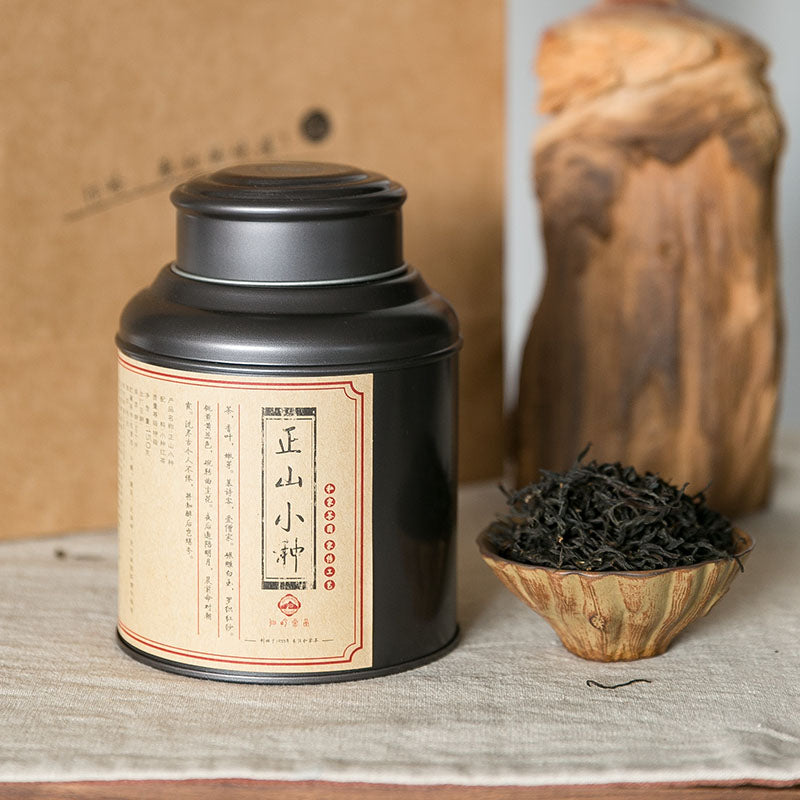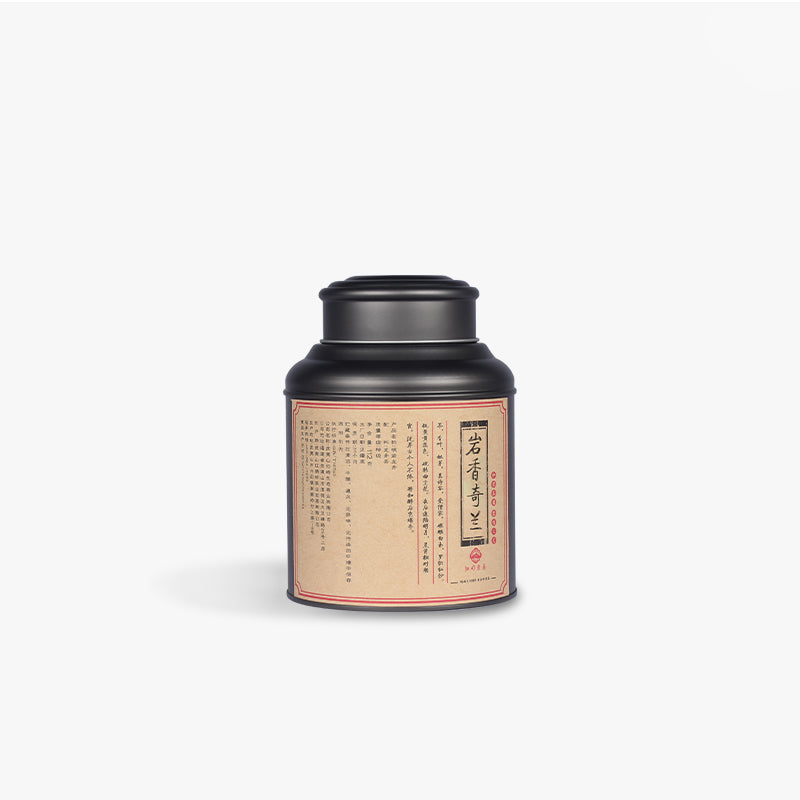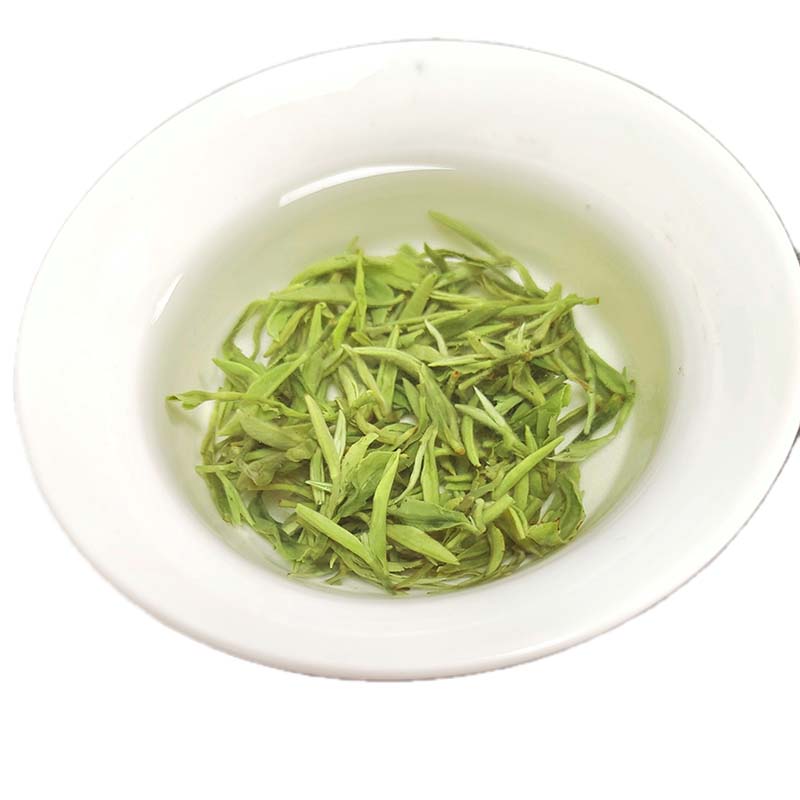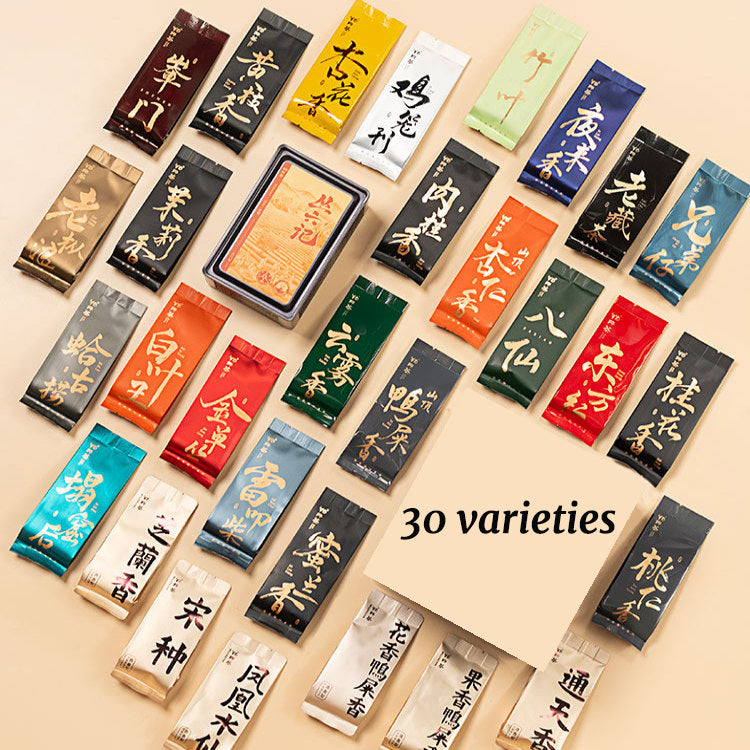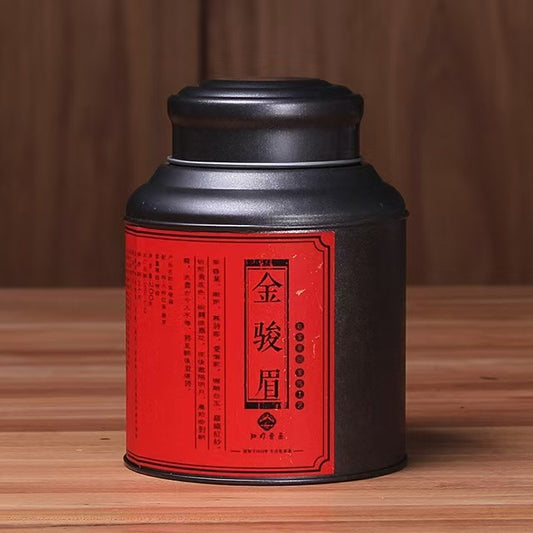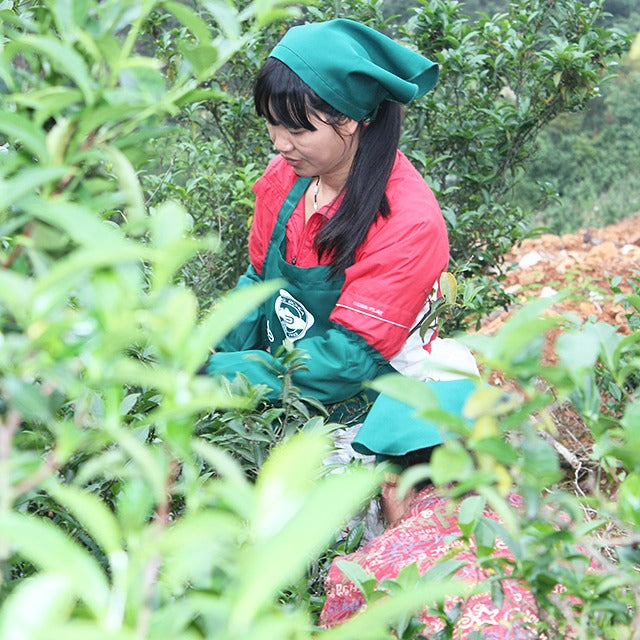Myanmar Tea Leaf Salad Recipe A Culinary Journey into Fermented Delights
Myanmar Tea Leaf Salad Recipe A Culinary Journey into Fermented Delights
Imagine a dish that marries the earthy depth of tea with the vibrant freshness of a salad. Welcome to the world of Myanmar's iconic leaf salad, Lahpet Thoke. This dish is not just a meal; it’s a cultural experience, steeped in tradition and bursting with flavors that tell a story of a nation where tea is not only sipped, but savored in many forms.
Fermentation is where the magic begins. The tea leaves used in this salad are uniquely fermented, a process that transforms them into a tangy, umami-rich base. In Myanmar, this fermentation is an art form. Families often have their own secret methods, passed down through generations, ensuring each bite carries a legacy. The fermentation process typically involves steaming fresh tea leaves and packing them tightly to ferment over weeks — a technique that results in a complex, slightly tangy flavor unlike any other.
To start crafting your own tea leaf salad at home, you’ll need a few key ingredients: fermented tea leaves (which can be sourced online or at specialty Asian markets), shredded cabbage, tomatoes, roasted peanuts, sesame seeds, fried garlic, and a squeeze of lime. The beauty of this dish lies in its versatility; you can adjust the quantities to suit your taste, with more peanuts for crunch or extra lime for zest.
Preparing Myanmar Tea Leaf Salad is like composing a symphony. Begin by laying out the ingredients separately, as is traditionally done. This presentation allows each guest the joy of mixing their own salad, creating a personal balance of flavors and textures. The tea leaves act as the centerpiece, drawing in the vibrant reds of tomatoes and the golden glow of peanuts and sesame seeds. Each bite is an exploration — a chew of the tender, tangy tea leaf combined with the crisp juiciness of cabbage and tomato, underlined by the nutty crunch of peanuts and the warmth of fried garlic.
What makes Lahpet Thoke so enchanting isn’t just its mix of flavors, but its role in Myanmar’s social fabric. Traditionally, tea leaf salad is shared with friends and family during gatherings, symbolizing hospitality and unity. It’s a dish that invites conversation, each mouthful prompting discussions about its unique taste and the memories it evokes. For anyone steeped in the simple pleasure of tea, it’s a reminder of tea’s versatility and its power to connect us not just to a beverage, but to each other.
As you embark on creating your own Myanmar tea leaf salad, enjoy not just the taste, but the journey it represents. Picture the bustling markets of Yangon, where the air is thick with the aroma of fermenting tea leaves. Imagine the communal tables where families gather, each crafting their own perfect plate. And when you take that first bite, let it transport you to a place where tea is more than just a drink — it’s a celebration of culture and community.

